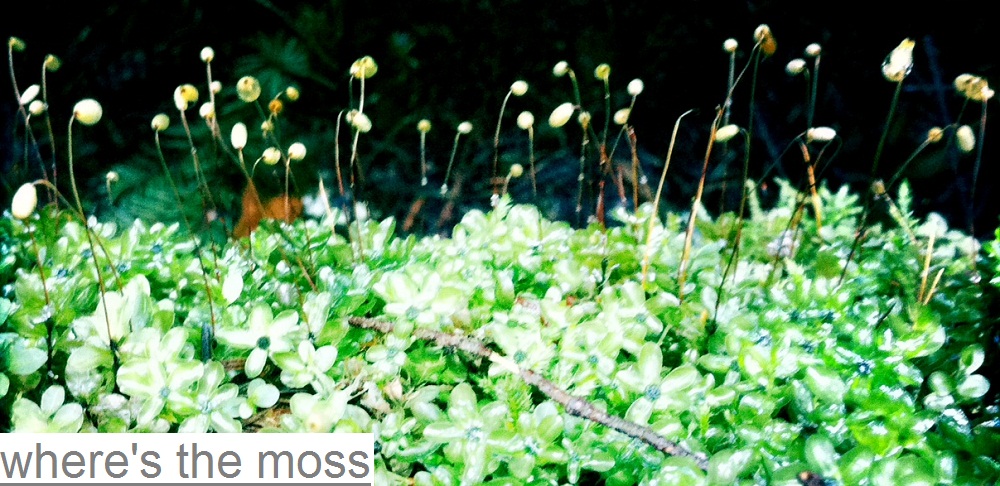 |
| foggy morning on the cliff |
 |
| high-tech monitors |
The morning would begin by turning on the radios and hydrophone receivers, making contact with marine park wardens and then firing up a small camp stove to brew hot coffee to warm our hands from the northern Vancouver Island late August fog. Here to monitor the boat traffic and whale behavior outside of Robson Bight Michael Bigg Ecological Reserve, we worked to collect data used in studies looking at the correlation between human presence on the water and the behavioral changes seen in whales.
The resulting studies have shown that these whales respond to boat traffic by adopting more erratic swimming patterns when they would usually be foraging, suggesting that high levels of anthropogenic interference will cause reduced hunting success for these already threatened populations of killer whales.
An ocean environment is saturated in sound – noise travels further through water than through air, and in an environment where light may not be a illuminating sense, creatures living in this environment use sound to guide their paths, to find food, to communicate, and to identify and avoid danger.
Highly acoustic creatures, killer whales use echolocation to hunt, navigate, and sonically light up their environment. Their vocalizations – clicks, whistles, moans, and squeaks – help us to recognize them as distinct groups of whales where families can be told apart by their different accents.
Being cognisant of our often invasive presence on the water near these animals, a series of hydrophones, set up by Orcalab, broadcast underwater noise to our lookout station while we watched from afar; in this way we were able to gain insight into the complexities of sound in which these animals participate and produce while gaining an appreciation and sensitivity for the loud levels of boat traffic also moving through the area.
In the early morning, the sounds of the pod's chatter would crackle over the speakers; for the moment completely uninterrupted by the loud roar of tugboats and fishing vessels moving down Johnstone Strait. Sitting atop the cliff, peering through binoculars, we could silently eavesdrop without the whales knowing or being affected by our closeness to them.

